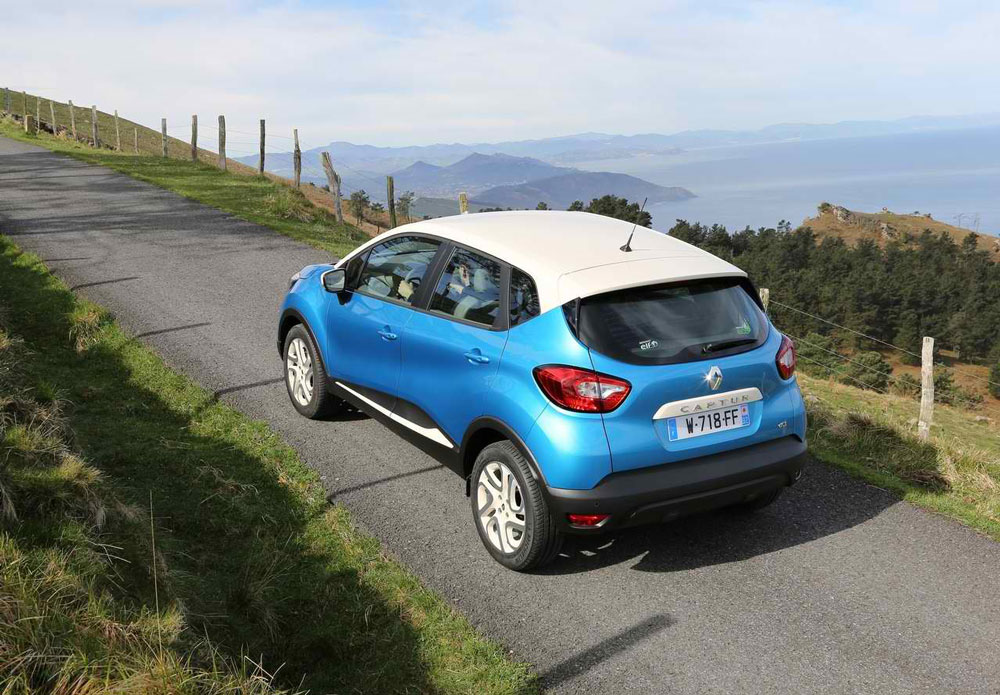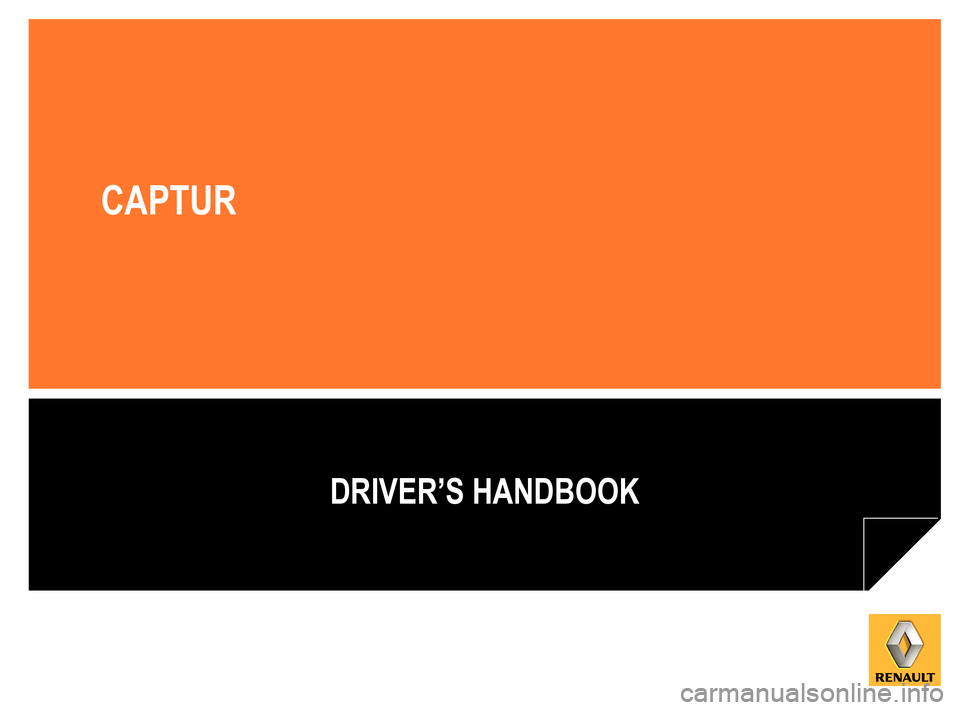

The layout is pretty simple, with almost all the major controls grouped together on a blobby centre stack that 'floats' in the middle of the dash. The seats are quite firm, but not very supportive, you'll find yourself fidgeting about after hours at the wheel. Getting comfortable is relatively straightforward, with a steering wheel that comes towards you and moves up and down, and height adjustable driver's seat, but the clutch pedal is mounted high not ideal for taller folks. From the post-facelift line up, stick with the Iconic or GT Line spec. It brings you sat-nav, colourful interior trim, rear parking sensors, and a two-tone exterior. In older cars that means going for the Dynamique S model. In some cars the difference in quality is marginal between the versions, but in the Renault the posher trims look significantly smarter inside. It's the best choice for higher mileage drivers, with the quiet 1.2 and 1.3 TCe engines the pick from the petrol cars.Īs for trim, the higher up the range you can go, the better your Captur will feel. The 1.5 dCi 110 diesel is no powerhouse, but clips along nicely, and won't struggle on the motorway.
#Renault captur 2014 review drivers#
It's far too slow, forcing its drivers to thrash it to keep up with traffic, which in turn has a negative impact on its refinement and fuel economy, failing to cut the mustard.

While popular, cheap to insure and (supposedly) frugal, we'd skip the 0.9-litre petrol that props up the range. Let's start off with the models that are best avoided. If you're looking for the newer version, you need our Renault Captur review. As a used car, it's a compelling bargain, but at the new end of the market there are many better alternatives. Refinement is ok, but the ride is an odd mix of soft, wallowing body roll and crashy firmness on rougher surfaces, and it's nowhere near as agile or exciting as the best in this class.Īlong with an uneven ride and underpowered engines, the major issue with this generation of Captur is with the build quality of the cabin, and the dated infotainment system, and it lacks the latest active safety kit too. On the road, the Captur is average at best, with a number of undesirable qualities that mean it's better suited to town driving than motorway jaunts. In its twilight years, Renault introduced a 1.3 TCe petrol with a bit more muscle (either 130PS or 150PS) and the option a revised seven-speed EDC dual-clutch automatic that's smoother than the older six-speed unit. A 1.5 dCi diesel can be had with either 90PS or 110PS, but only the latter feels strong enough for easy overtaking.
#Renault captur 2014 review manual#
The entry-level car is manual only, but the middle output comes with the option of an EDC automatic. Originally it came with two petrols, one with a 0.9-litre capacity that's a bit underwhelming, and a quicker 1.2-litre model that is better suited to driving with a fully-loaded car, both are turbocharged but the former feels a bit gutless. Skoda's Kamiq is better for carrying three in the back, and has a slightly larger boot (with the seats in their normal position) but the Captur should work well for a family.ĭespite the SUV styling cues, the Captur is front-wheel drive, no matter which engine you choose. It's also one of the more practical choices in this class, with a sliding rear bench, a smartly designed, flexible loading bay, and decent level of passenger space. Kit levels are good, especially in the mid-range climate control, sat-nav and rear parking sensors all feature. So why should you choose the Renault over these competitors, other than the merits of its individual looks?Ī facelift in 2017 added eye-catching LED fog lights, sharper wheel designs and new two-tone colour options for buyers to express themselves with, and an incremental improvement to cabin quality and its infotainment. Speaking of rivals, there are now a near-endless number of cars in this mould to choose from, from familiar names such as the Nissan Juke and Peugeot 2008 to newer arrivals with equally energetic titles like Kia Stonic and Volkswagen T-Roc. The chunky off-road aping design is a big part of its appeal, and it still looks fresh compared to newer rivals. It's the recipe that Renault used to create the Captur, and it seems that the buying public liked the taste, as it been selling like hot cakes ever since, with a brand spanking new version introduced near the end of 2019. Take a hatch like the Renault Clio, make it taller and longer, give it head-turning style and a wide scope for personalisation, keep the frugal engines and charge a little more for it that's the small SUV formula.


 0 kommentar(er)
0 kommentar(er)
